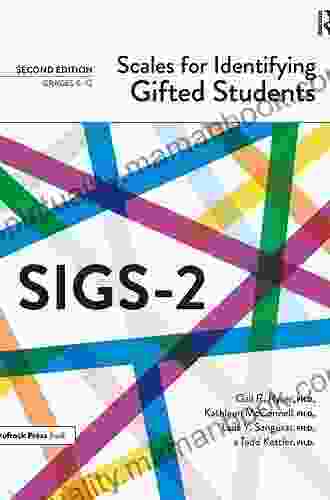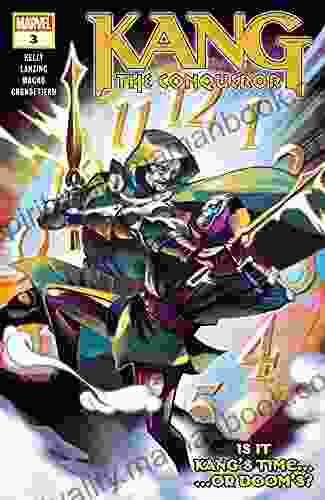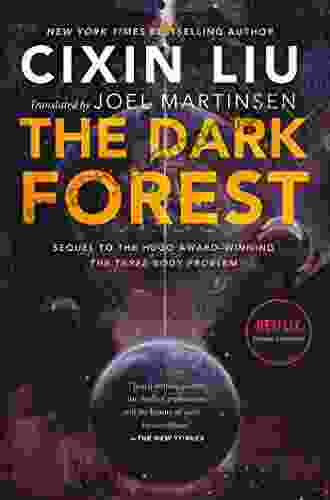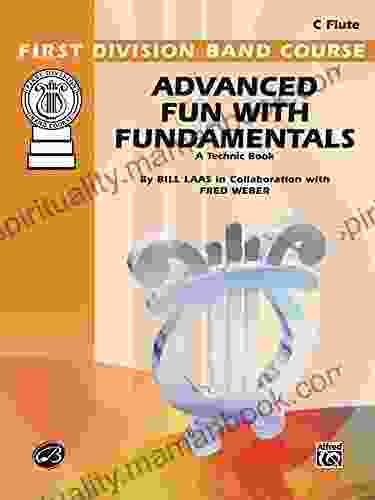Scales for Identifying Gifted Students (SIGS): A Comprehensive Guide

Identifying gifted students is essential for providing them with the appropriate educational opportunities to reach their full potential. Scales for Identifying Gifted Students (SIGS) are among the most widely used tools for this purpose. This article provides a comprehensive guide to SIGS, including their history, development, types, administration, scoring, and interpretation.
The concept of giftedness dates back to the early 1900s when psychologists such as Lewis Terman and Alfred Binet began studying the characteristics of exceptional children. In the 1920s, Terman developed the Stanford-Binet Intelligence Scale, which became the gold standard for measuring intelligence. However, it was soon recognized that traditional intelligence tests were not sufficient to identify all gifted students, as they often failed to capture other aspects of giftedness, such as creativity and motivation.
In the 1950s and 1960s, researchers began developing scales specifically designed to identify gifted students. These scales typically included measures of cognitive abilities, achievement, creativity, and motivation. One of the first such scales was the Torrance Tests of Creative Thinking, developed by E. Paul Torrance in 1966.
5 out of 5
| Language | : | English |
| File size | : | 6134 KB |
| Text-to-Speech | : | Enabled |
| Screen Reader | : | Supported |
| Enhanced typesetting | : | Enabled |
| Word Wise | : | Enabled |
| Print length | : | 127 pages |
There are numerous SIGS available, each with its unique strengths and weaknesses. Some of the most commonly used SIGS include:
- Cognitive Scales: These scales measure intellectual abilities, such as reasoning, problem-solving, and memory. Examples include the Wechsler Intelligence Scale for Children (WISC) and the Kaufman Assessment Battery for Children (KABC).
- Achievement Scales: These scales measure academic achievement in specific subject areas, such as reading, mathematics, and science. Examples include the Stanford Achievement Test (SAT) and the Iowa Tests of Basic Skills (ITBS).
- Creativity Scales: These scales measure creative thinking skills, such as originality, flexibility, and fluency. Examples include the Torrance Tests of Creative Thinking and the Creativity Assessment Scale (CAS).
- Motivation Scales: These scales measure students' motivation and engagement in learning. Examples include the Motivational Scales for Gifted Students (MSGS) and theIntrinsic Motivation Inventory (IMI).
SIGS are typically administered by trained professionals, such as school psychologists or guidance counselors. The administration time varies depending on the scale, but most SIGS take between 30 minutes and 2 hours to complete.
During the administration, students are asked to complete a series of questions or tasks that measure their cognitive abilities, achievement, creativity, and motivation. The responses are then scored and interpreted to determine whether a student meets the criteria for giftedness.
The scoring of SIGS involves converting raw scores into percentile ranks or other standardized scores. These scores indicate how a student compares to other students of the same age and grade level.
The interpretation of SIGS requires careful consideration of the student's scores on all subtests. A student who scores high on cognitive scales but low on achievement scales may have a learning disability that is interfering with their academic performance. Conversely, a student who scores high on creativity scales but low on motivation scales may need additional support to develop their self-motivation.
SIGS are valuable tools for identifying gifted students, but they are not perfect. No single scale can capture all aspects of giftedness, and there is no definitive cutoff score that determines whether a student is gifted or not.
SIGS should be used as one component of a comprehensive assessment process that also includes teacher observations, parent reports, and student work samples. By considering multiple sources of information, educators can make more informed decisions about whether a student is gifted and what type of educational services they need.
SIGS have been the subject of some controversy and criticism over the years. Some critics argue that SIGS are biased toward certain demographics, such as students from higher socioeconomic backgrounds. Others argue that SIGS can lead to over-identification of gifted students, which can result in a narrowing of the curriculum and reduced opportunities for other students.
It is important to acknowledge these criticisms and use SIGS with caution. However, when used appropriately, SIGS can be a valuable tool for identifying gifted students and providing them with the support they need to reach their full potential.
SIGS are a widely used and effective tool for identifying gifted students. By measuring cognitive abilities, achievement, creativity, and motivation, SIGS can help educators make informed decisions about whether a student is gifted and what type of educational services they need.
However, it is important to use SIGS with caution and in conjunction with other forms of assessment. By considering multiple sources of information, educators can make more accurate and holistic decisions about the identification and education of gifted students.
5 out of 5
| Language | : | English |
| File size | : | 6134 KB |
| Text-to-Speech | : | Enabled |
| Screen Reader | : | Supported |
| Enhanced typesetting | : | Enabled |
| Word Wise | : | Enabled |
| Print length | : | 127 pages |
Do you want to contribute by writing guest posts on this blog?
Please contact us and send us a resume of previous articles that you have written.
 Top Book
Top Book Novel
Novel Fiction
Fiction Nonfiction
Nonfiction Literature
Literature Paperback
Paperback Hardcover
Hardcover E-book
E-book Audiobook
Audiobook Bestseller
Bestseller Classic
Classic Mystery
Mystery Thriller
Thriller Romance
Romance Fantasy
Fantasy Science Fiction
Science Fiction Biography
Biography Memoir
Memoir Autobiography
Autobiography Poetry
Poetry Drama
Drama Historical Fiction
Historical Fiction Self-help
Self-help Young Adult
Young Adult Childrens Books
Childrens Books Graphic Novel
Graphic Novel Anthology
Anthology Series
Series Encyclopedia
Encyclopedia Reference
Reference Guidebook
Guidebook Textbook
Textbook Workbook
Workbook Journal
Journal Diary
Diary Manuscript
Manuscript Folio
Folio Pulp Fiction
Pulp Fiction Short Stories
Short Stories Fairy Tales
Fairy Tales Fables
Fables Mythology
Mythology Philosophy
Philosophy Religion
Religion Spirituality
Spirituality Essays
Essays Critique
Critique Commentary
Commentary Glossary
Glossary Bibliography
Bibliography Index
Index Table of Contents
Table of Contents Preface
Preface Introduction
Introduction Foreword
Foreword Afterword
Afterword Appendices
Appendices Annotations
Annotations Footnotes
Footnotes Epilogue
Epilogue Prologue
Prologue Allie Burton
Allie Burton Chris Peacock
Chris Peacock Adrian Kempton
Adrian Kempton Jacques Leslie
Jacques Leslie Roman Payne
Roman Payne Jeanine Jones
Jeanine Jones John Dryden
John Dryden Kyle Mills
Kyle Mills Adrian J Walker
Adrian J Walker Boyd Morrison
Boyd Morrison Jennifer Orr
Jennifer Orr Laura Esquivel
Laura Esquivel Odetta King
Odetta King C J Archer
C J Archer Bookcaps
Bookcaps Karen Siff Exkorn
Karen Siff Exkorn Brenda K Davies
Brenda K Davies Stefano Colucci
Stefano Colucci Mr Joseph Hogue
Mr Joseph Hogue Jennifer Weiner
Jennifer Weiner
Light bulbAdvertise smarter! Our strategic ad space ensures maximum exposure. Reserve your spot today!
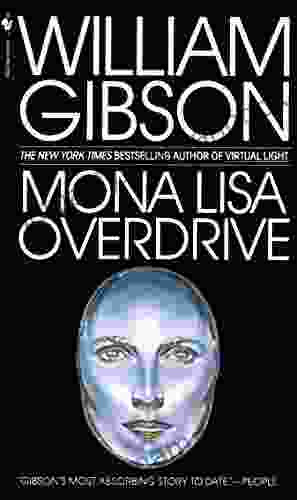
 Guillermo BlairMona Lisa Overdrive: An Immersive Journey into the Future of the Sprawl...
Guillermo BlairMona Lisa Overdrive: An Immersive Journey into the Future of the Sprawl...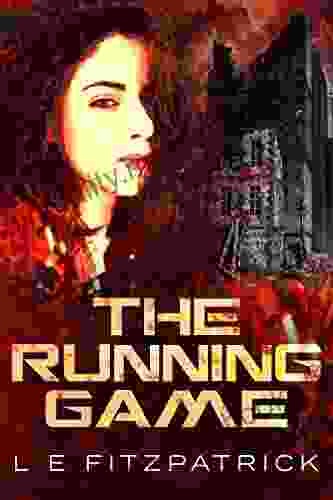
 Martin CoxUnveiling the Revolutionary Running Game: The Reachers Shaping the Future of...
Martin CoxUnveiling the Revolutionary Running Game: The Reachers Shaping the Future of... Jackson BlairFollow ·4.7k
Jackson BlairFollow ·4.7k Devin CoxFollow ·13.6k
Devin CoxFollow ·13.6k Joshua ReedFollow ·9.8k
Joshua ReedFollow ·9.8k Greg CoxFollow ·5.8k
Greg CoxFollow ·5.8k Oscar WildeFollow ·10k
Oscar WildeFollow ·10k Lord ByronFollow ·16.2k
Lord ByronFollow ·16.2k Troy SimmonsFollow ·13k
Troy SimmonsFollow ·13k James GrayFollow ·2.2k
James GrayFollow ·2.2k

 Thomas Powell
Thomas PowellHair Care Essentials for Crochet Braids: A Protective...
Crochet braids are a versatile and...
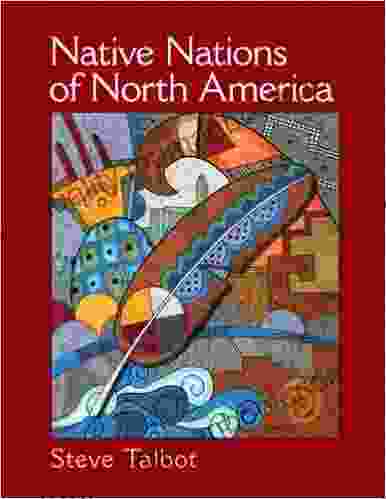
 Philip Bell
Philip BellNative Nations of North America: A Comprehensive Guide
North America is home to a...
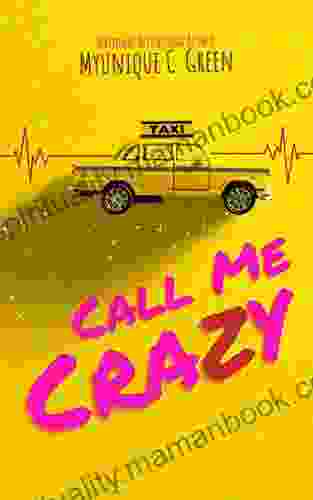
 Jackson Hayes
Jackson HayesCall Me Crazy: My Unique Journey with Green
In the kaleidoscopic tapestry of life, where...

 Graham Blair
Graham BlairUnveiling the Literary Treasures of Michigan: A Journey...
The literary landscape of...
5 out of 5
| Language | : | English |
| File size | : | 6134 KB |
| Text-to-Speech | : | Enabled |
| Screen Reader | : | Supported |
| Enhanced typesetting | : | Enabled |
| Word Wise | : | Enabled |
| Print length | : | 127 pages |


